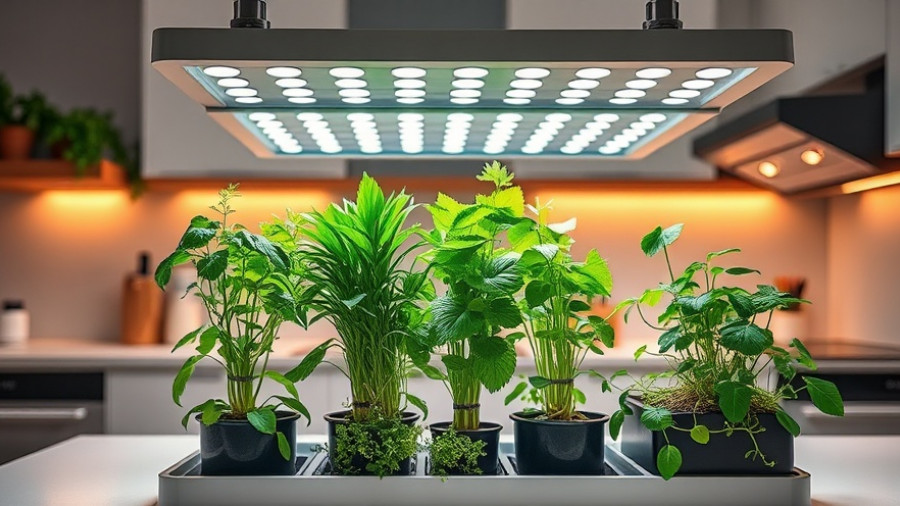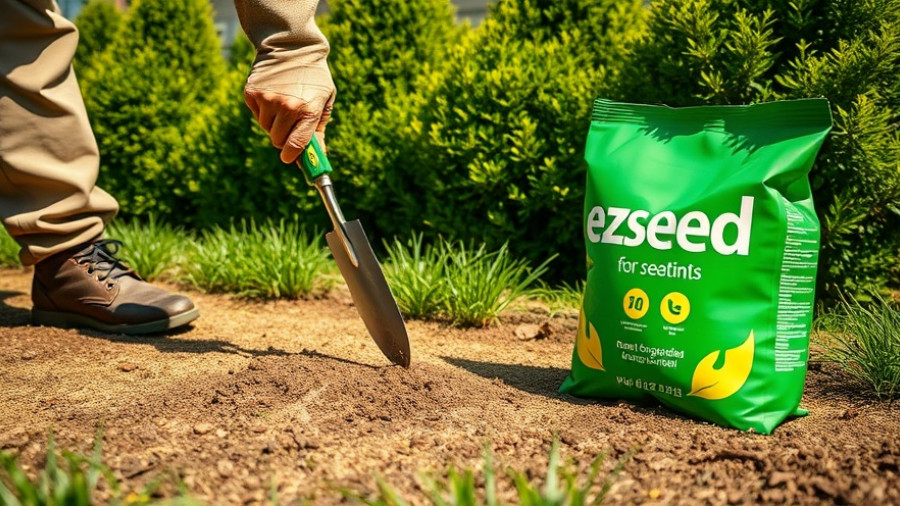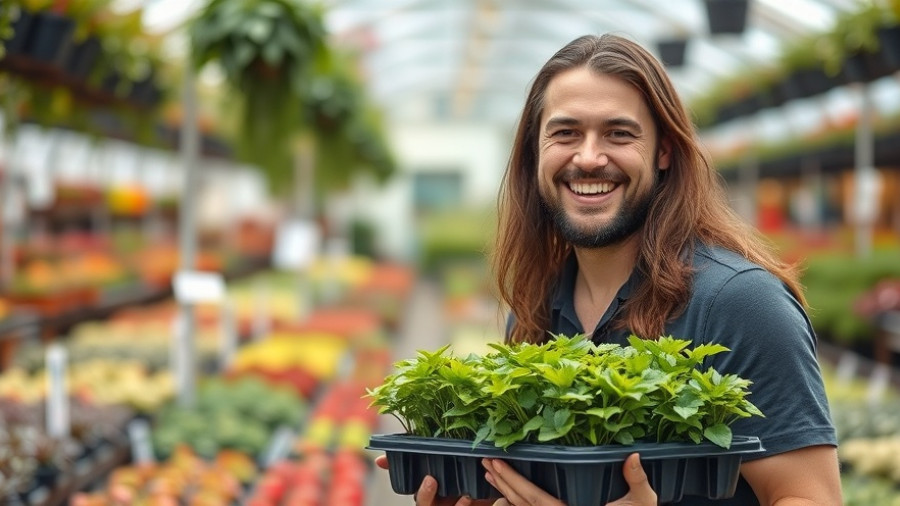
The Cost of Overplanting: Lessons from My Garden
This summer, I learned a valuable lesson in my vegetable garden that many novice gardeners face: the repercussions of overplanting. Excited by the prospect of a vibrant, lush vegetable patch, I planted seeds too close together, hoping to ensure a bountiful harvest. However, this rookie mistake turned out to be detrimental, stunting the growth potential of my plants.
The Importance of Thinning Seedlings
Thinning seedlings is an essential practice in gardening, as it provides each plant with the necessary space to flourish. Just like commuters in a packed elevator, seedlings thrive when they have room to grow - competing for sunlight, soil, and nutrients only leads to leggy, weak plants. The best practice is to thin seedlings when they reach around 3-4 inches tall, giving the stronger plants a chance to develop fully while culling the weaker ones.
How and When to Thin Your Seedlings
Experts recommend waiting until your seedlings have established “true leaves” before making any cuts. It’s necessary to identify the strongest seedlings, maintaining an ideal spacing that allows for growth. If you’re unsure about the spacing for specific vegetables, consulting the seed packet is crucial as some plants require more room than others - for instance, artichokes need a sprawling 48 inches, while carrots only need 2 inches.
Common Thinning Techniques
There are two main methods of thinning: cutting and pulling. For seedlings that have developed sturdy roots, cutting them at the soil line minimizes disturbance to neighboring plants. In contrast, if the soil is damp, you might be able to gently pull seedlings and transplant them elsewhere. As someone who has grown attached to their seedlings, I found it tough to let go, but I discovered that these culls can be enjoyed as delicious microgreens in salads.
Consequences of Not Thinning
Leaving plants too densely packed can lead to stunted growth and increased susceptibility to diseases due to poor air circulation. As true gardening enthusiasts know, every plant requires adequate room to grow — without this, you'll end up with a plethora of fragile plants and little harvest. For anyone looking to optimize their garden space and yield, proper thinning can make all the difference.
Empower Your Garden Skills
Understanding the importance of thinning seedlings transforms frustration into garden success. By following proper techniques and embracing the idea of thinning, you can cultivate a thriving vegetable garden that rewards your efforts, rather than cluttering your space with underdeveloped plants.
 Add Row
Add Row  Add
Add 




Write A Comment